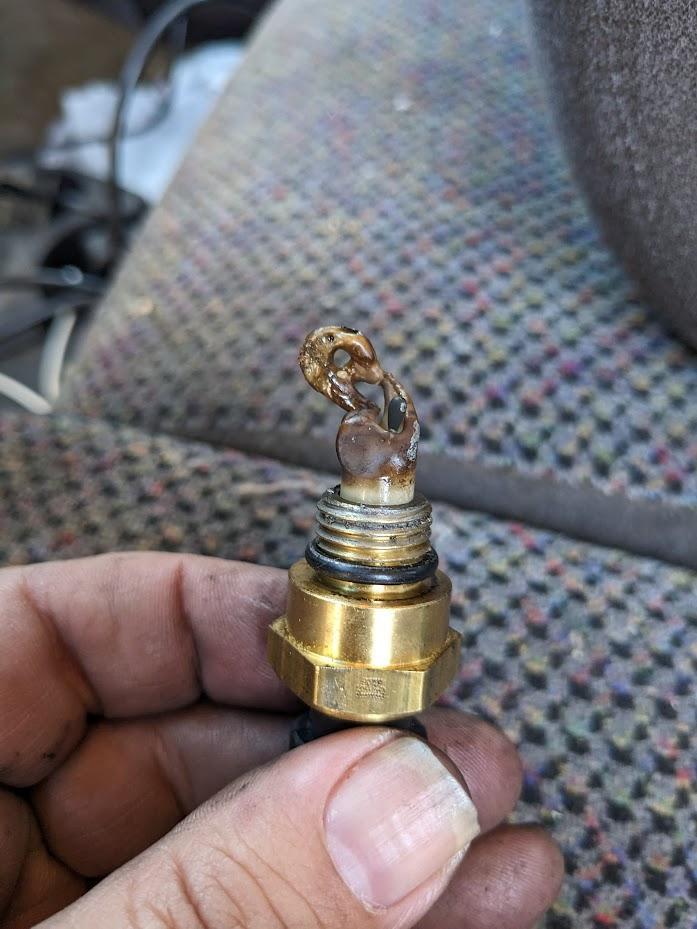- Replies 43
- Views 3.1k
- Created
- Last Reply
Top Posters In This Topic
-
 Tim Waldo 16 posts
Tim Waldo 16 posts -
 Mopar1973Man 10 posts
Mopar1973Man 10 posts -
 Tractorman 8 posts
Tractorman 8 posts -
 Doubletrouble 5 posts
Doubletrouble 5 posts
Most Popular Posts
-
I don't know how attached tou are to that truck but just for comparison, $13k would get another running truck in my area. I've seen them go for less than 9k, might be worth looking fir a donor
-
Anytime poor wiring connections are a possibility, the symptoms may or may not be predictable as the resistance value can change at any time for no apparent reason. The only time an electrical connec
-
Check the intercooler for some type of restriction performance problem. It may not be sheading heat.




So the last code I had to deal with was one for the IAT... ordered a replacement and put it in... The old one looked "melted" https://photos.app.goo.gl/T5s5ek2kwEQnGqBE6 and I discounted because I haven't touched it since 2008.... WHAT would make the temps in the IAT chamber go up so fast? Burnt valve? I don't have an exhaust brake...
ECM??? would the ECM somehow confuse the interpreted signal? I mean I did watch the temp slowly drop when I turned vehicle off.
Vehicle did get new injectors, it is possible valve clearances got "changed", guy doing the work stated the rockers appeared "loose" but I don't know on which valves. I don't think this is a new thing, no codes were being thrown BEFORE I had the VP44 issue.